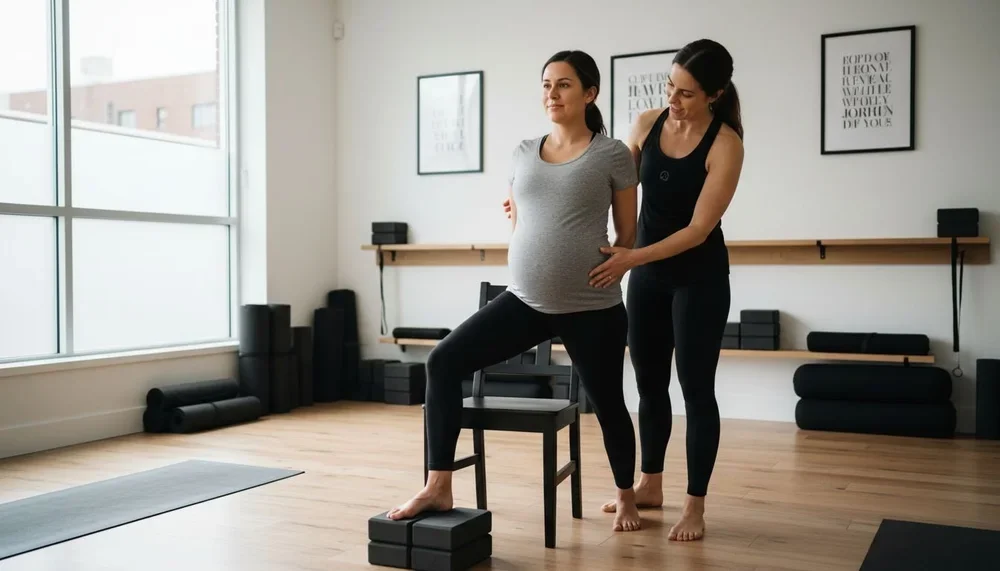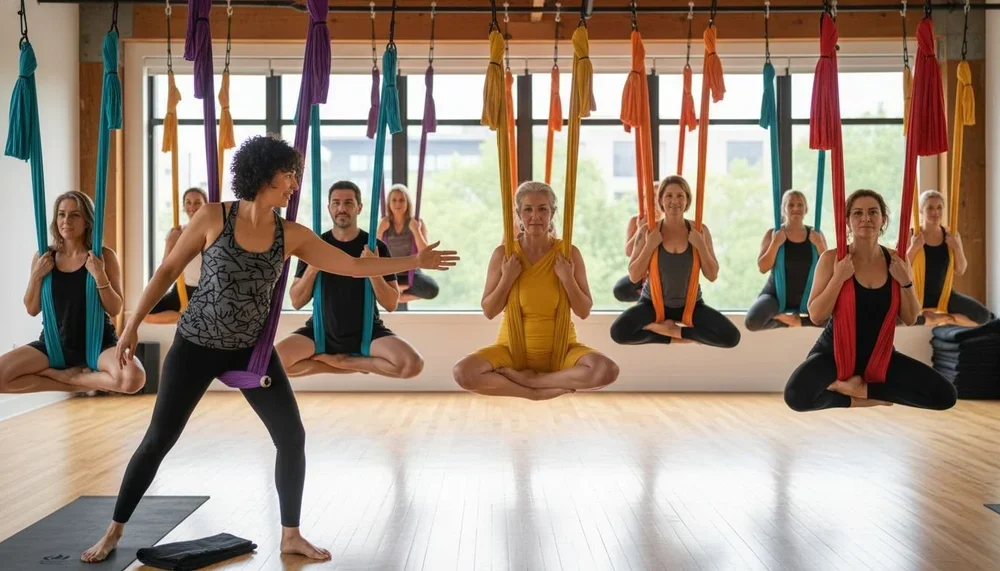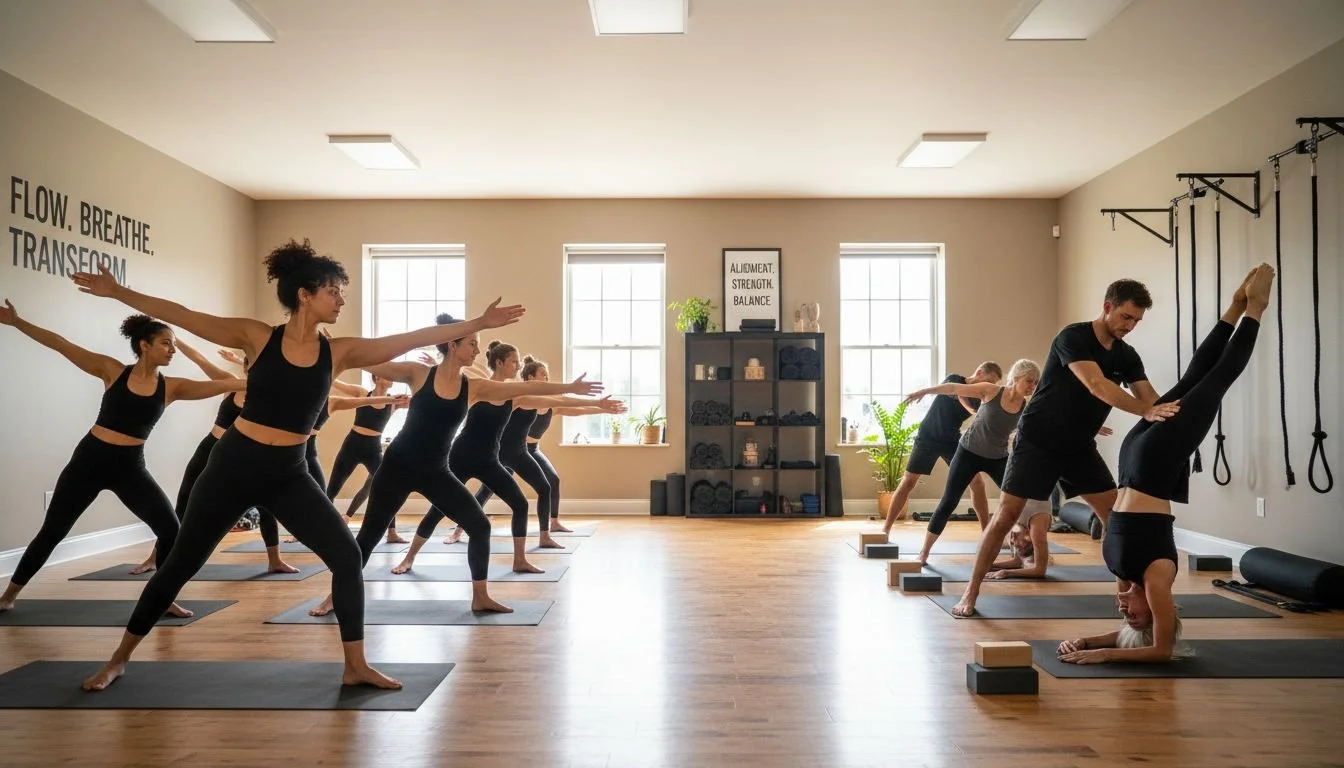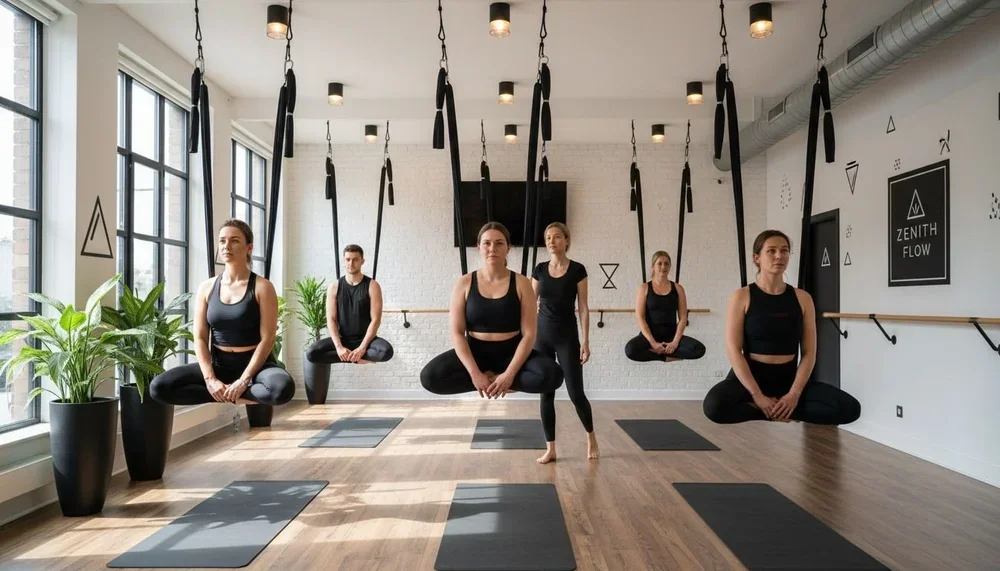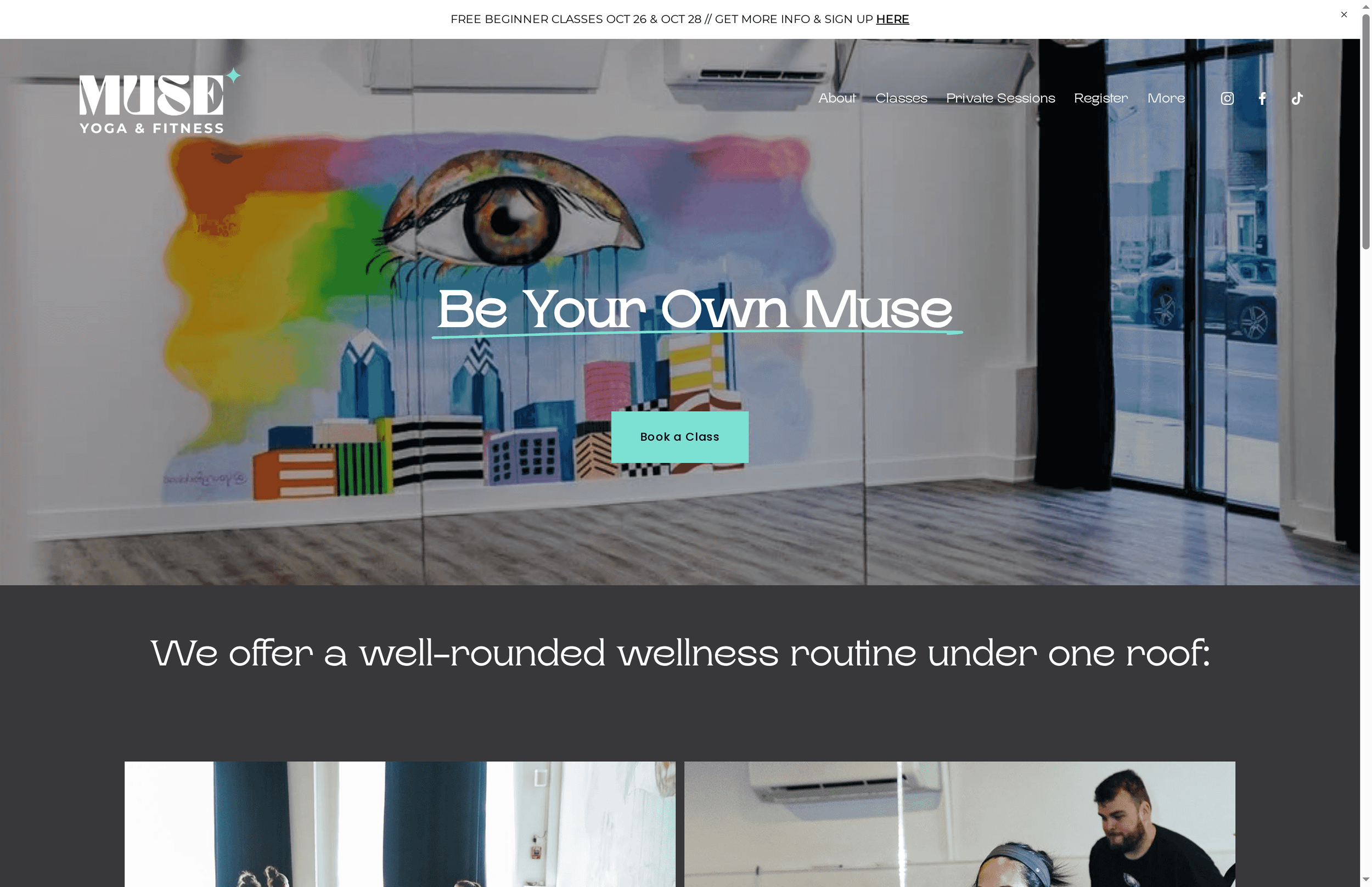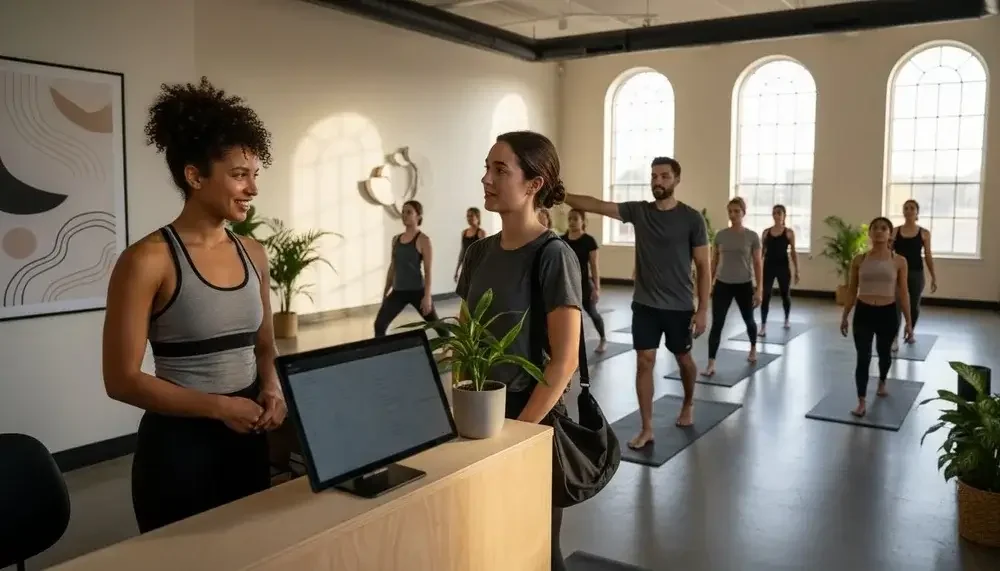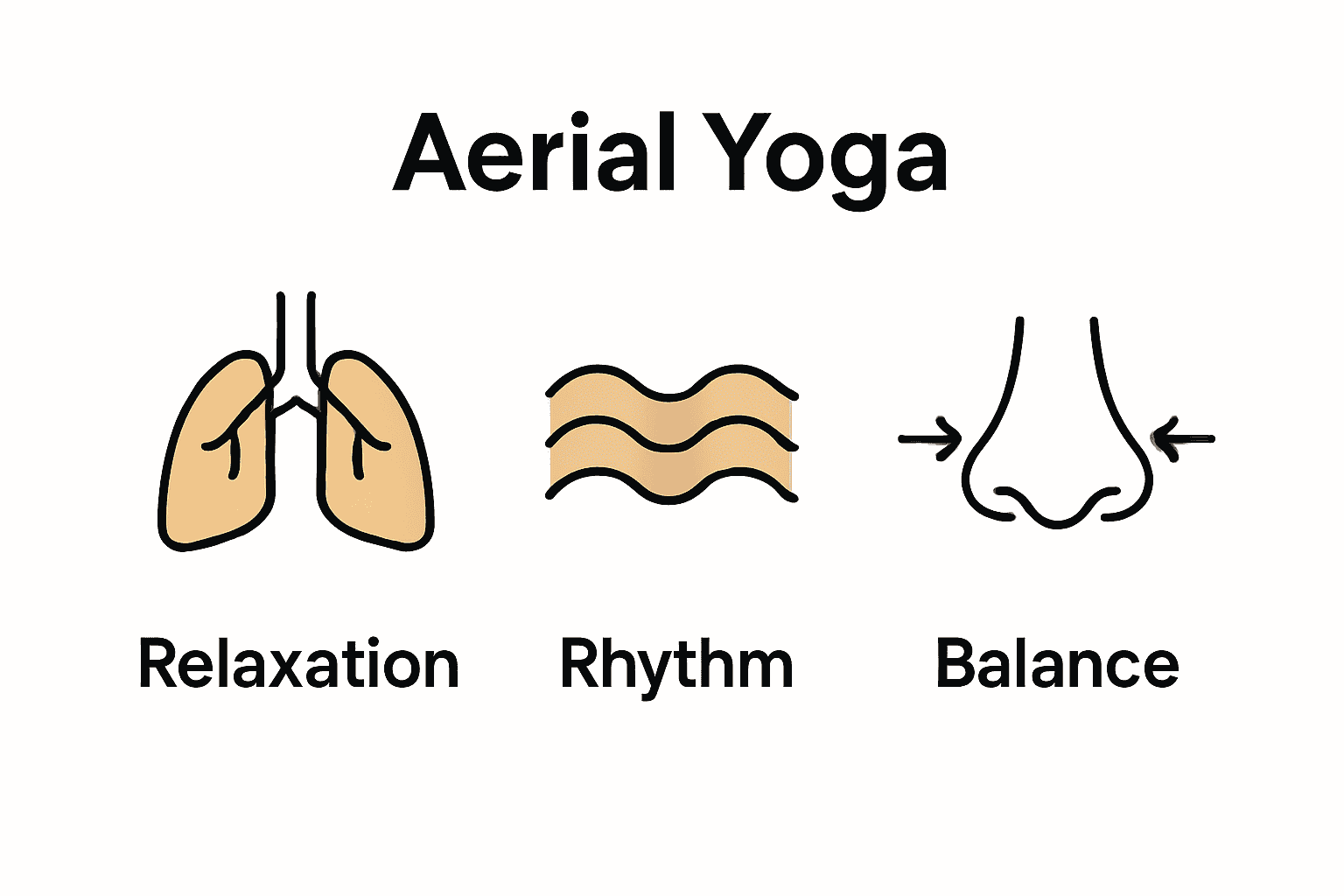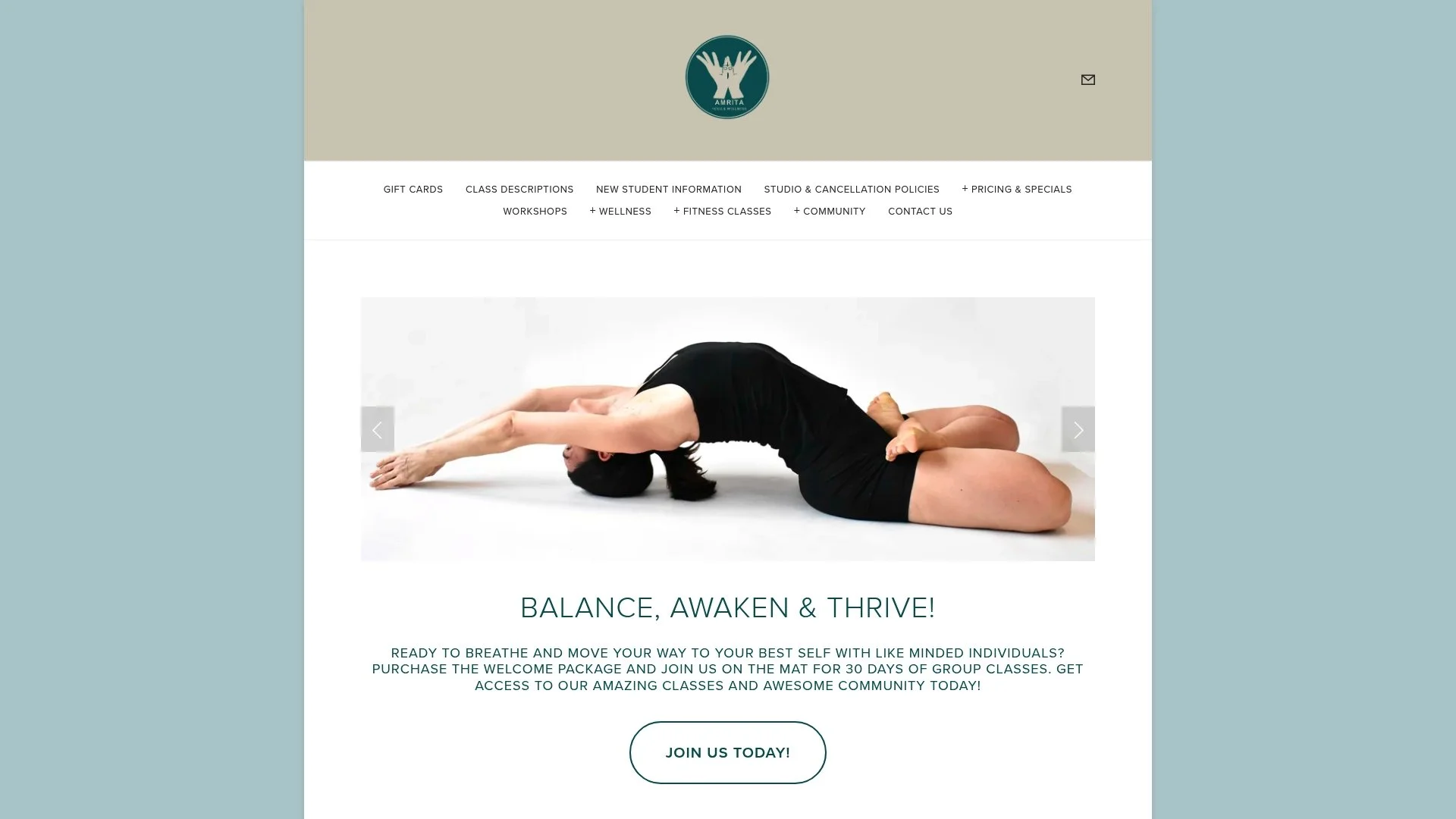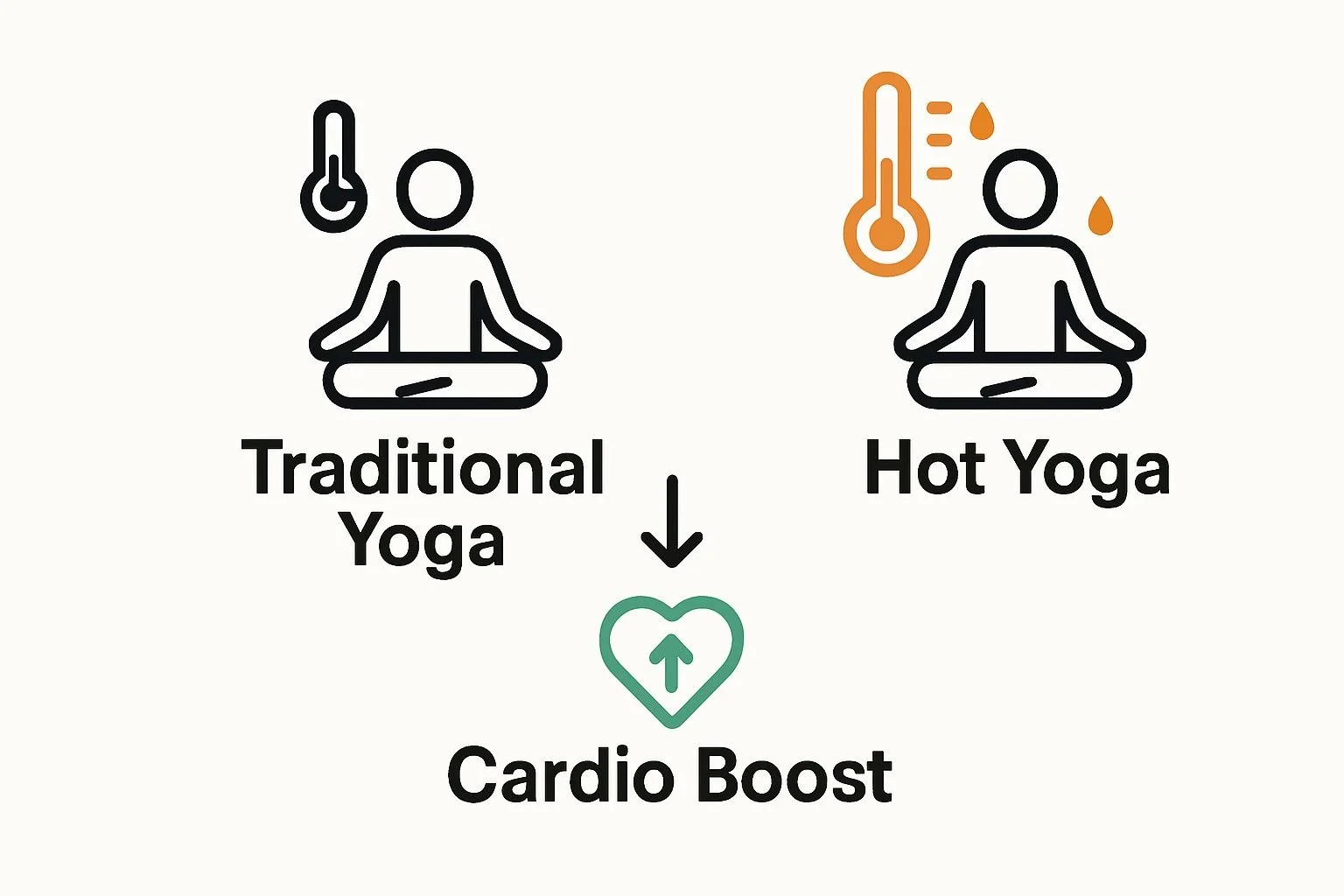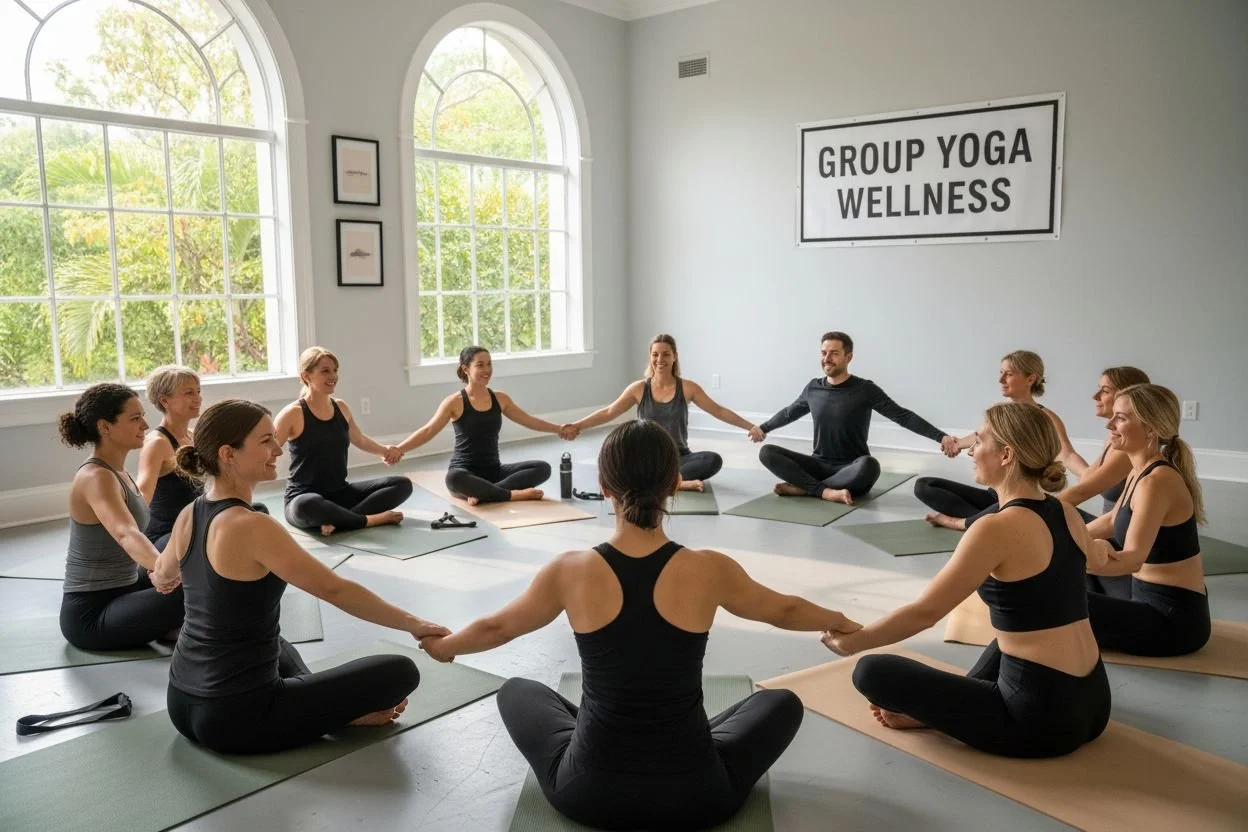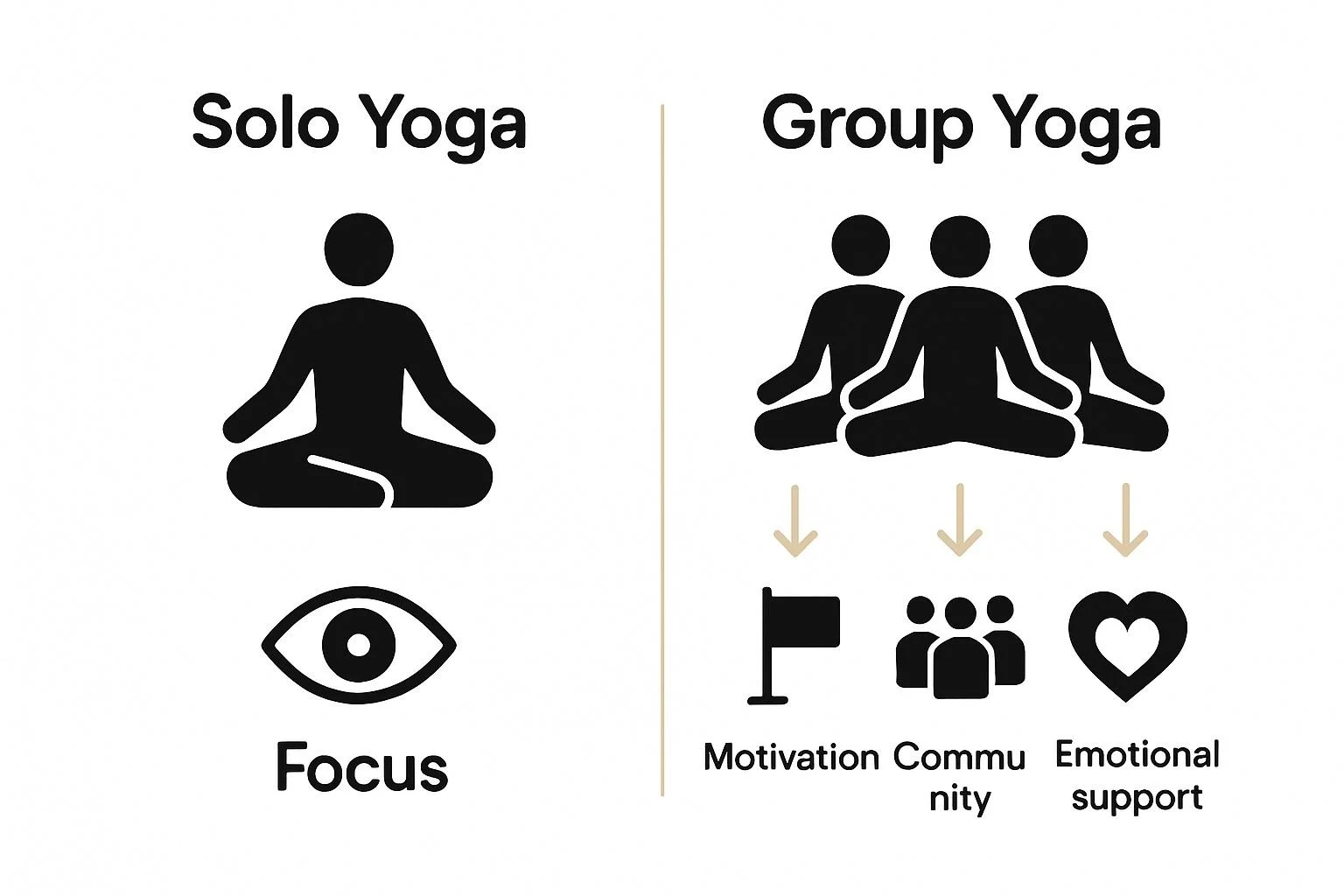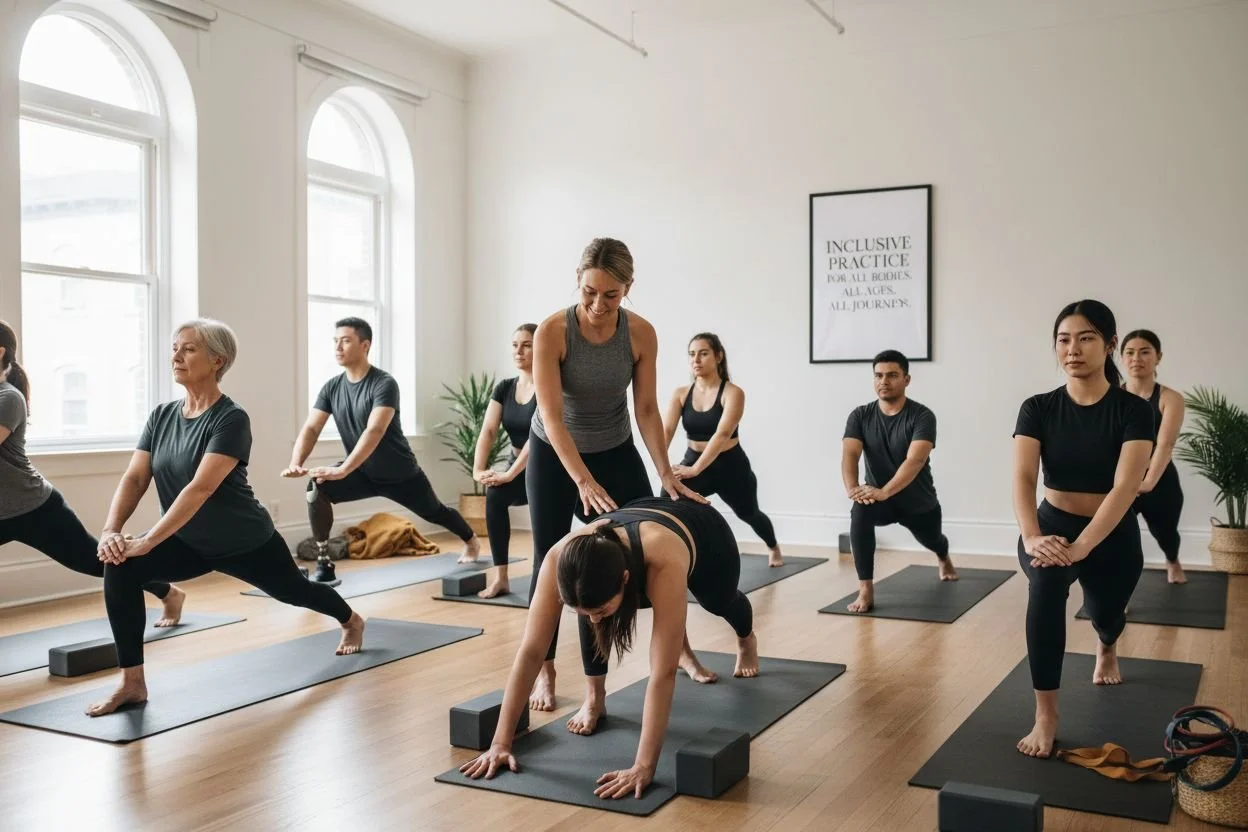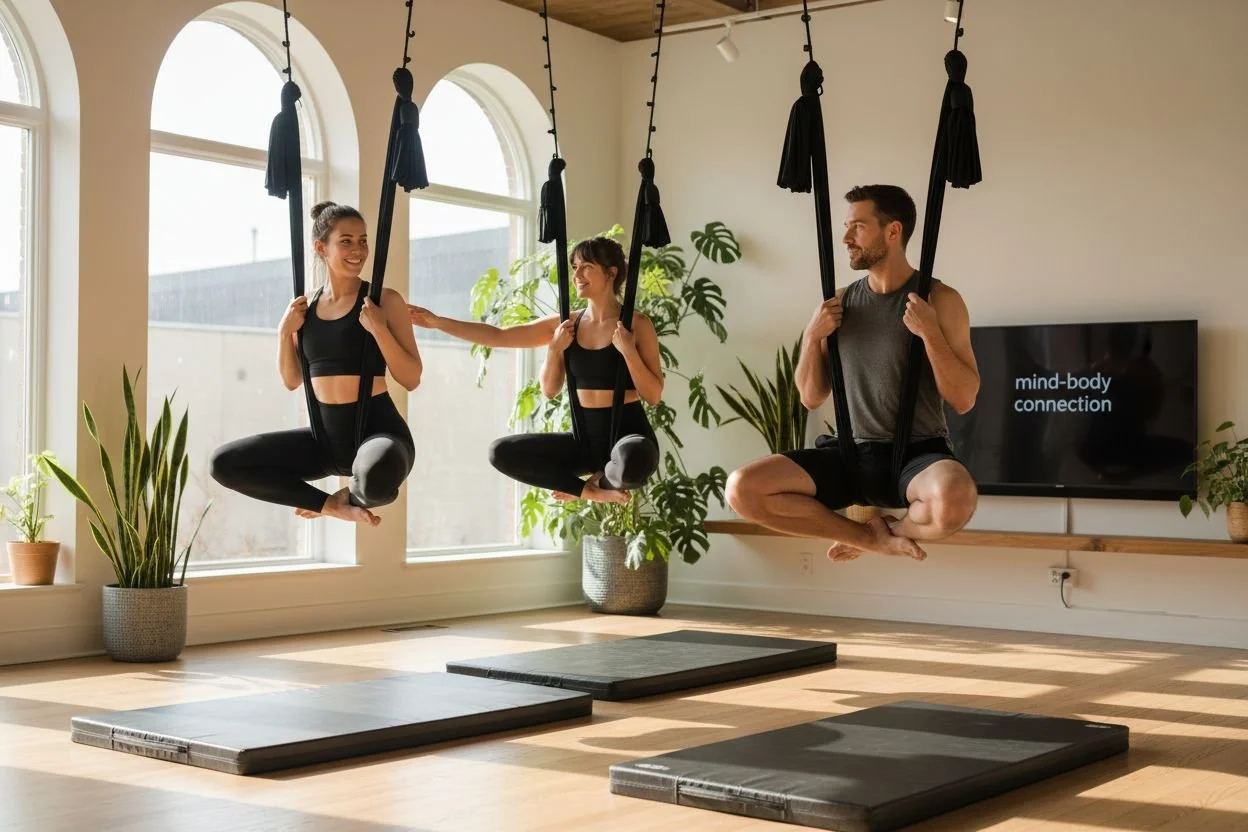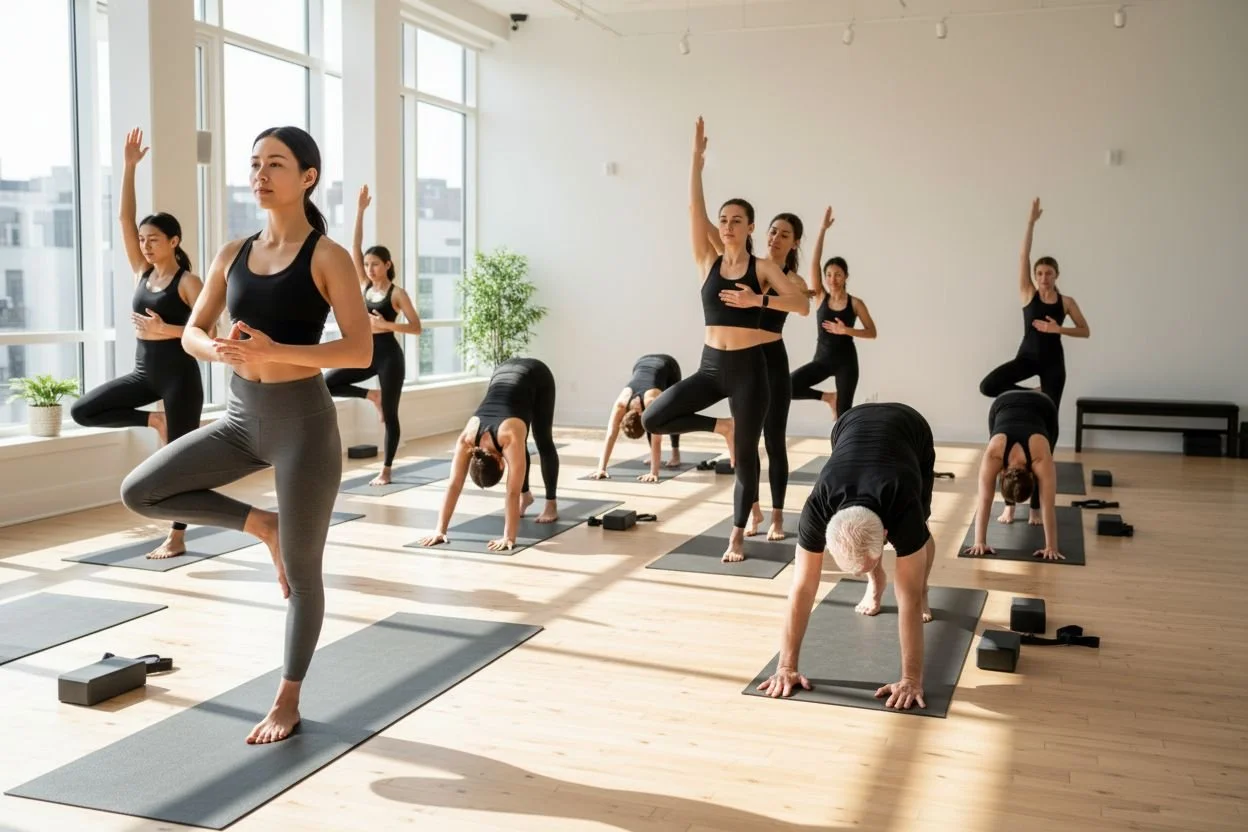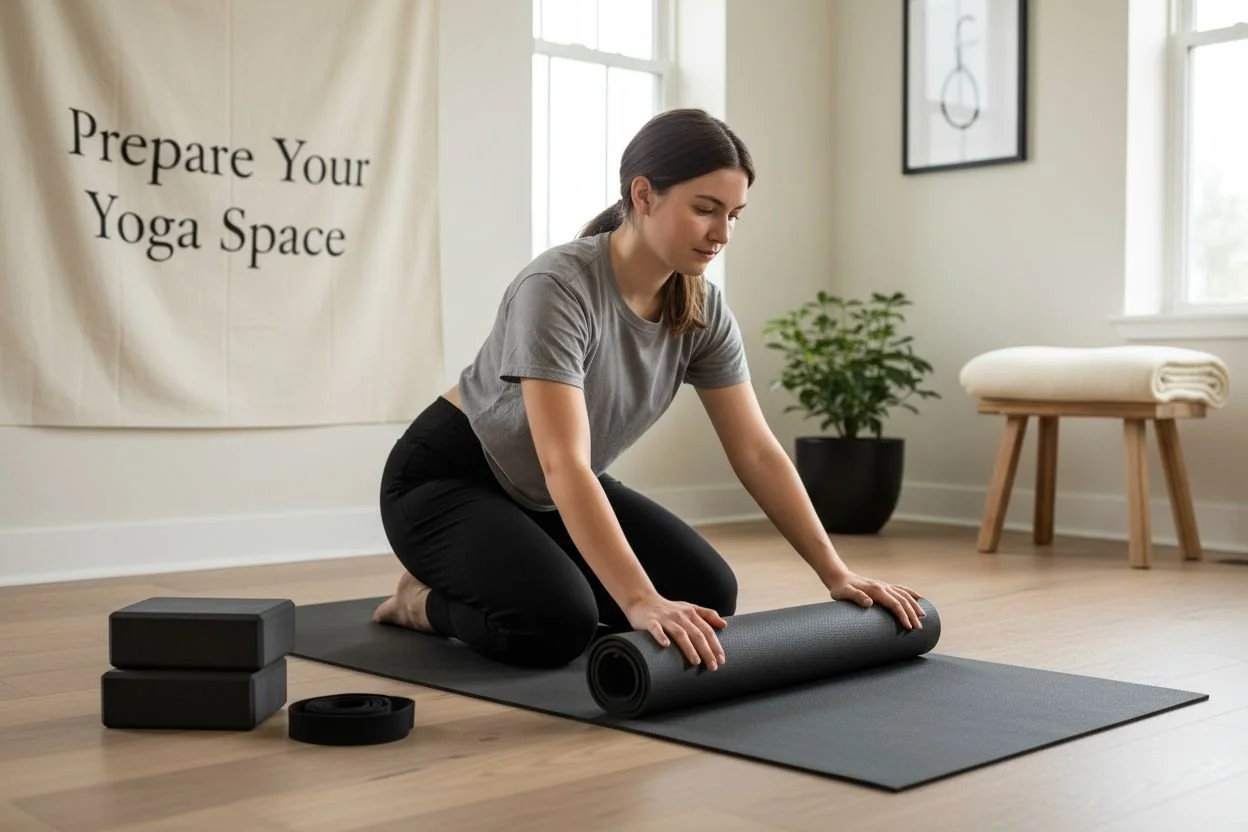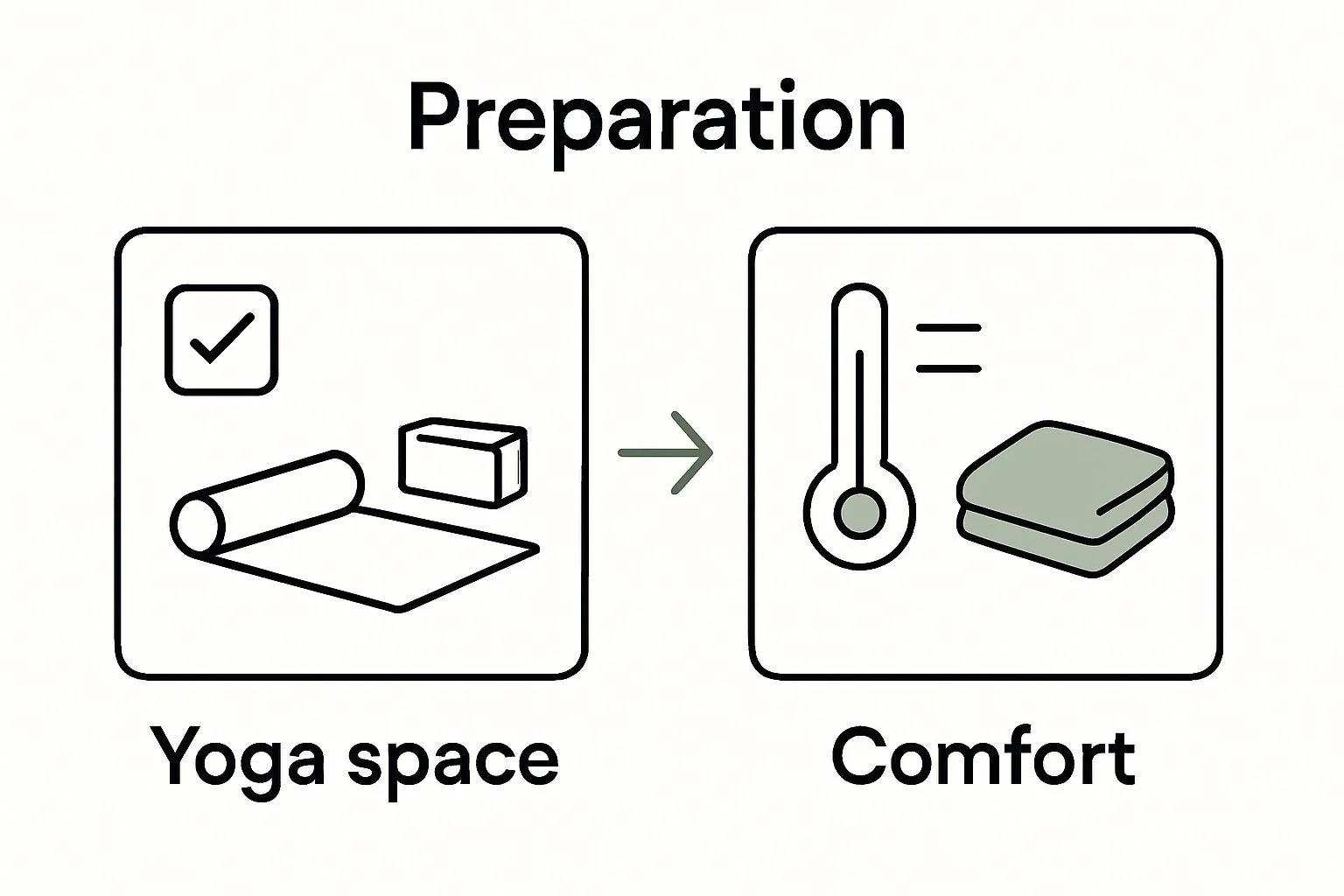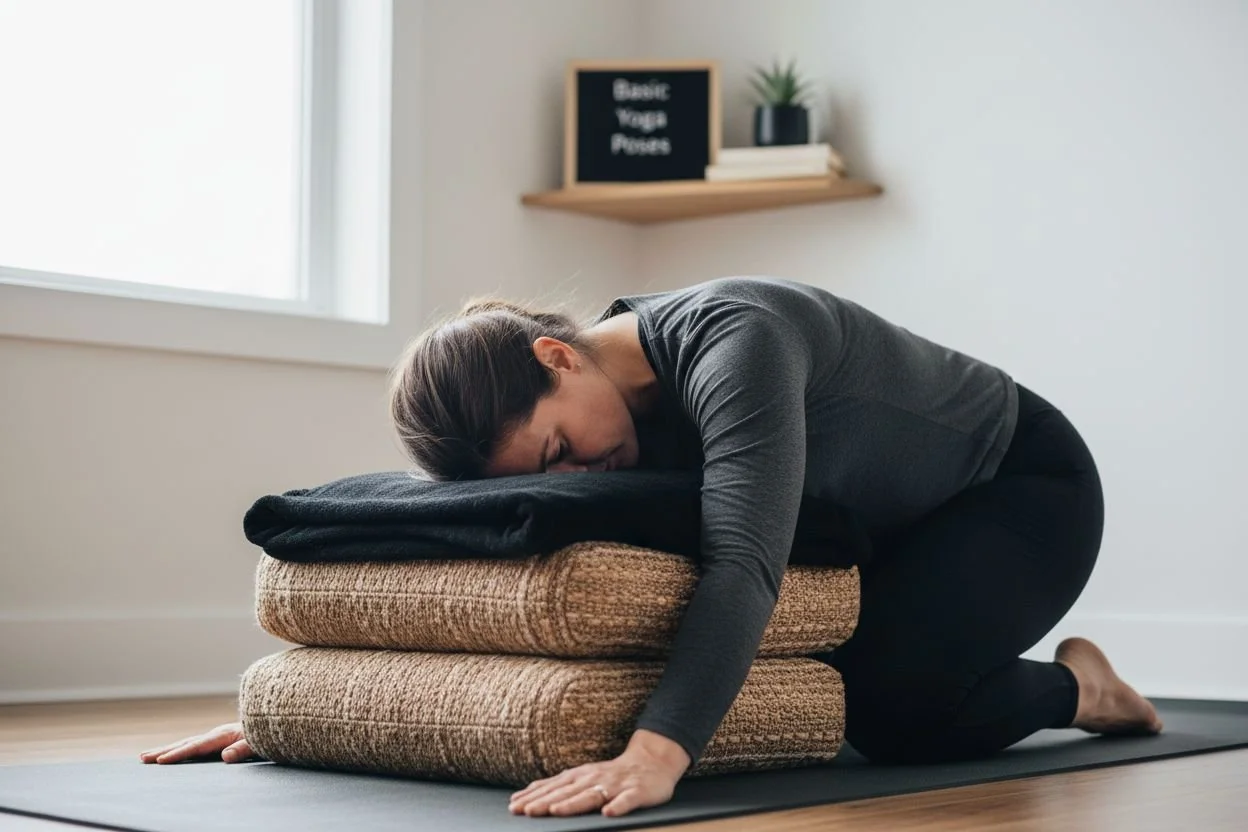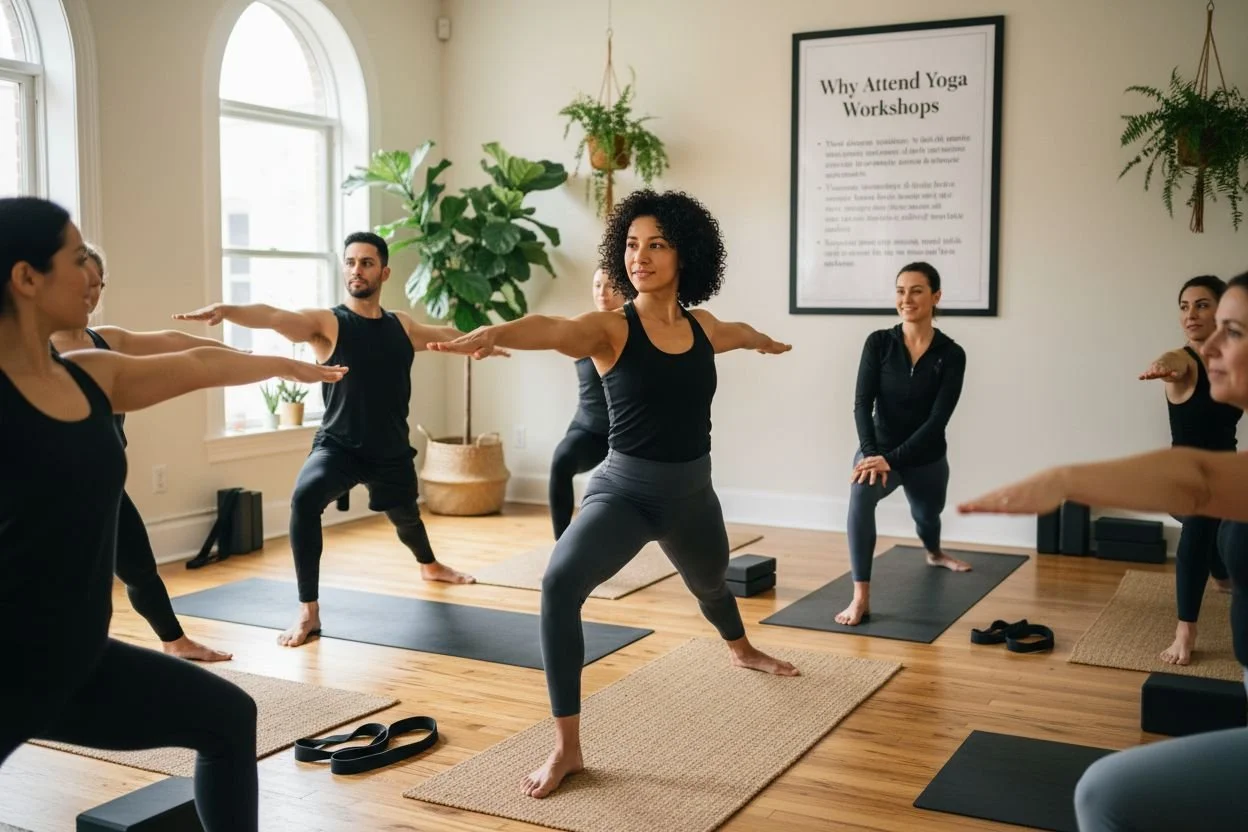What Is Prenatal Yoga? Complete Guide for 2024
Heather Rice
Nearly 60 percent of pregnant women experience new aches and heightened stress as their bodies change, making gentle support more vital than ever. Prenatal yoga steps in with a unique blend of mindful movement, deep breathing, and emotional connection built for this special phase of life. By understanding its key principles and safety priorities, expecting mothers can find greater comfort, balance, and confidence throughout every stage of pregnancy.
Table of Contents
Key Takeaways
| Point | Details |
|---|---|
| Prenatal Yoga Definition | A specialized practice focusing on physical, mental, and emotional well-being for expectant mothers through modified postures, breathing, and meditation. |
| Benefits | Offers comprehensive benefits, including improved strength, flexibility, emotional stability, and a supportive community for mothers-to-be. |
| Safety Precautions | Essential to consult healthcare providers and incorporate modifications to ensure safety and comfort during practice. |
| Differences from Regular Yoga | Prenatal yoga uniquely addresses the specific needs of pregnancy, prioritizing safety with gentler movements and focused preparation for childbirth. |
Prenatal Yoga Defined and Core Principles
Prenatal yoga is a specialized practice designed specifically for expectant mothers, offering a holistic approach to supporting physical, mental, and emotional well-being during pregnancy. According to jaims, this transformative practice integrates physical postures (asanas), breathing techniques (pranayama), and meditation to create harmony between body and mind.
At its core, prenatal yoga focuses on several key principles that distinguish it from traditional yoga practices. As research from ijaprs highlights, these principles include:
Safety: Adapting poses to accommodate bodily changes during pregnancy
Strength and Flexibility: Developing muscular endurance and joint mobility
Breath Awareness: Teaching controlled breathing techniques for relaxation and pain management
Emotional Connection: Fostering a deeper bond between mother and developing baby
The primary goal of prenatal yoga extends beyond physical exercise. It aims to prepare women holistically for childbirth by reducing stress, improving physical resilience, and creating a supportive mind-body connection. By combining gentle movements, mindful breathing, and meditative practices, expectant mothers can develop greater emotional stability and physical comfort throughout their pregnancy journey.
Through carefully designed sequences that respect the unique needs of pregnant women, prenatal yoga provides a nurturing environment for self-discovery and preparation. Whether you're in your first trimester or approaching delivery, this practice offers a compassionate approach to maintaining wellness during one of life's most transformative experiences.
Common Styles and Class Structures
Prenatal yoga encompasses a diverse range of styles and class formats designed to support expectant mothers through their unique pregnancy journeys. According to pubmed, Hatha yoga is particularly prevalent, emphasizing gentle postures and breathing techniques specifically adapted for pregnant women.
Typical prenatal yoga classes often feature a structured approach that includes several key components:
Warm-up Sequences: Gentle movements to prepare the body and improve circulation
Strength-Building Poses: Modified yoga postures that support muscular endurance
Balance and Stability Exercises: Techniques to enhance core strength and body awareness
Breathing Techniques (Pranayama): Controlled breathing methods for stress reduction and labor preparation
Relaxation and Meditation: Mindfulness practices to promote emotional well-being
Beyond traditional Hatha yoga, prenatal classes may incorporate various yoga styles to provide comprehensive support. These can include:
Restorative Yoga: Focusing on deep relaxation and gentle stretching
Prenatal Flow Yoga: Dynamic sequences modified for pregnancy
Yin Yoga: Slow-paced styles targeting deep connective tissues
Class structures are typically designed to be adaptable, recognizing that each pregnancy is unique. Instructors often provide multiple modification options, allowing participants to customize their practice based on individual comfort levels, trimester, and physical capabilities. This approach ensures that yoga remains a safe and supportive practice throughout the entire pregnancy journey.
Essential Benefits for Expecting Mothers
Prenatal yoga emerges as a powerful holistic practice offering comprehensive benefits for expecting mothers. Research from omicsonline highlights the multifaceted advantages that extend beyond traditional exercise, encompassing physical, mental, and emotional wellness.
Physical benefits of prenatal yoga are particularly notable and include:
Improved Flexibility: Gentle stretching to maintain joint mobility
Enhanced Strength: Targeted muscle conditioning for pregnancy and childbirth
Better Circulation: Promoting healthy blood flow for mother and baby
Improved Posture: Alleviating pregnancy-related body strain
Strengthened Pelvic Floor: Supporting core muscles crucial for delivery
Mental and emotional dimensions are equally significant. According to pubmed, participation in prenatal yoga programs during the second and third trimesters demonstrates remarkable psychological benefits. These include increased optimism, personal empowerment, and overall emotional well-being.
Beyond individual benefits, prenatal yoga creates a nurturing environment for building connection. It offers expectant mothers a supportive community, opportunities for mindful reflection, and a holistic approach to preparing for the transformative journey of motherhood. By integrating physical movement, breathwork, and meditation, this practice becomes more than exercise—it's a comprehensive preparation for one of life's most profound experiences.
Safety Precautions and Contraindications
Safety is paramount in prenatal yoga, with practitioners needing to approach their practice with careful consideration and professional guidance. According to yogaeducation, it is essential to consult healthcare providers before beginning any new exercise regimen during pregnancy to ensure individual suitability and potential modifications.
Key safety considerations for prenatal yoga include:
Avoid Risky Poses: Eliminate deep twists, intense backbends, and positions that place direct pressure on the abdomen
Listen to Your Body: Stop immediately if experiencing discomfort, pain, or unusual sensations
Maintain Proper Alignment: Use props and modifications to support changing body dynamics
Stay Hydrated: Drink water before, during, and after practice
Monitor Intensity: Prevent overexertion and maintain a conversational breathing pace
Certain medical conditions may present contraindications for prenatal yoga. These typically include:
Preterm labor history
Placenta previa
Severe hypertension
Severe heart or lung disease
Multiple pregnancy complications
As recommended by yogajournal, the practice should focus on controlled breathing techniques and gentle movements that strengthen muscles needed for childbirth while maintaining flexibility. Each trimester requires unique adaptations, with instructors trained in prenatal yoga providing personalized guidance to ensure a safe, supportive experience for expecting mothers.
Prenatal Yoga Versus Regular Yoga
The fundamental distinction between prenatal and regular yoga lies in its specialized approach to supporting expecting mothers. According to pubmed, prenatal yoga programs are uniquely tailored to address the specific physiological and psychological changes occurring during pregnancy, making them fundamentally different from standard yoga practices.
Key differences between prenatal and regular yoga include:
Pose Modifications: Prenatal yoga adapts poses to accommodate growing bellies and changing body mechanics
Focus Areas: Emphasizes pelvic floor strength, breathing techniques, and emotional preparation for childbirth
Safety Considerations: Eliminates poses that could potentially strain or harm the expectant mother
Intensity Level: Significantly gentler and more controlled compared to regular yoga practices
Holistic Approach: Centers on nurturing both mother and developing baby
Whereas traditional yoga classes are designed for general fitness and flexibility, prenatal yoga takes a more nuanced approach. For those interested in understanding more about yoga variations, you might want to explore our guide on yoga styles.
The primary goal shifts from physical performance to supportive preparation. Regular yoga might challenge practitioners to achieve complex poses, but prenatal yoga prioritizes safety, comfort, and the unique needs of expecting mothers. Each movement, breath, and meditation is carefully crafted to support the incredible journey of pregnancy, making it a profoundly different experience from standard yoga practice.
Embrace the Journey of Pregnancy with Expert Prenatal Yoga Support
Pregnancy brings many changes that can feel overwhelming — from physical discomfort to emotional challenges. This article highlights how prenatal yoga offers safe, gentle movements, breath awareness, and emotional connection to prepare you holistically for childbirth. If you seek a supportive environment where every practice adapts to your unique needs, Amrita Yoga & Wellness can help you experience these benefits personally.
Start your prenatal wellness journey today by joining our carefully designed classes that emphasize comfort, safety, and empowerment. Discover how tailored prenatal yoga can ease your body, calm your mind, and build strength for this profound life transition. Visit Amrita Yoga & Wellness to find the perfect class for your trimester and needs. Take the first step now to nurture both yourself and your baby with professional guidance crafted for expecting mothers.
Frequently Asked Questions
What is prenatal yoga?
Prenatal yoga is a specialized practice designed for expectant mothers that combines physical postures, breathing techniques, and meditation to support physical, mental, and emotional well-being during pregnancy.
What are the benefits of prenatal yoga?
Prenatal yoga offers numerous benefits, including improved flexibility, enhanced strength, better circulation, improved posture, and emotional well-being. It also helps in preparing for childbirth and fostering a connection between mother and baby.
How is prenatal yoga different from regular yoga?
Prenatal yoga is tailored specifically for pregnant women, featuring modified poses that accommodate physical changes, a focus on pelvic floor strength, and gentler intensity levels, prioritizing safety and comfort compared to regular yoga practices.
Are there any safety precautions to take when practicing prenatal yoga?
Yes, it's essential to consult a healthcare provider before starting prenatal yoga. Practitioners should avoid risky poses, listen to their bodies for discomfort, maintain proper alignment, stay hydrated, and monitor exercise intensity throughout their practice.
